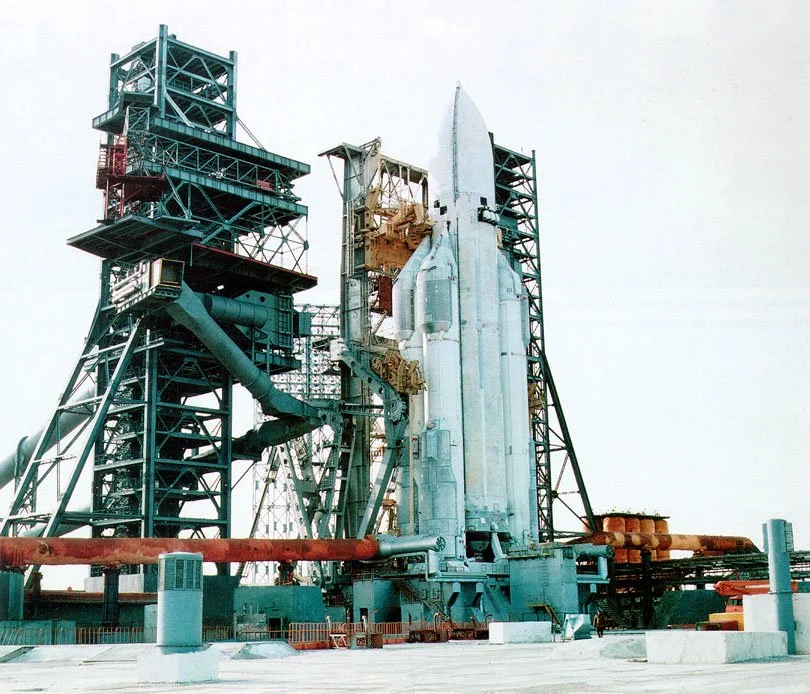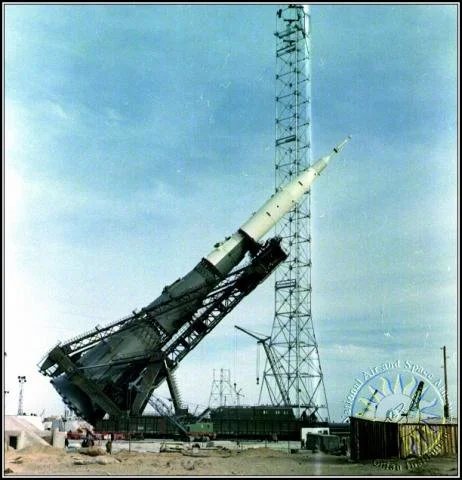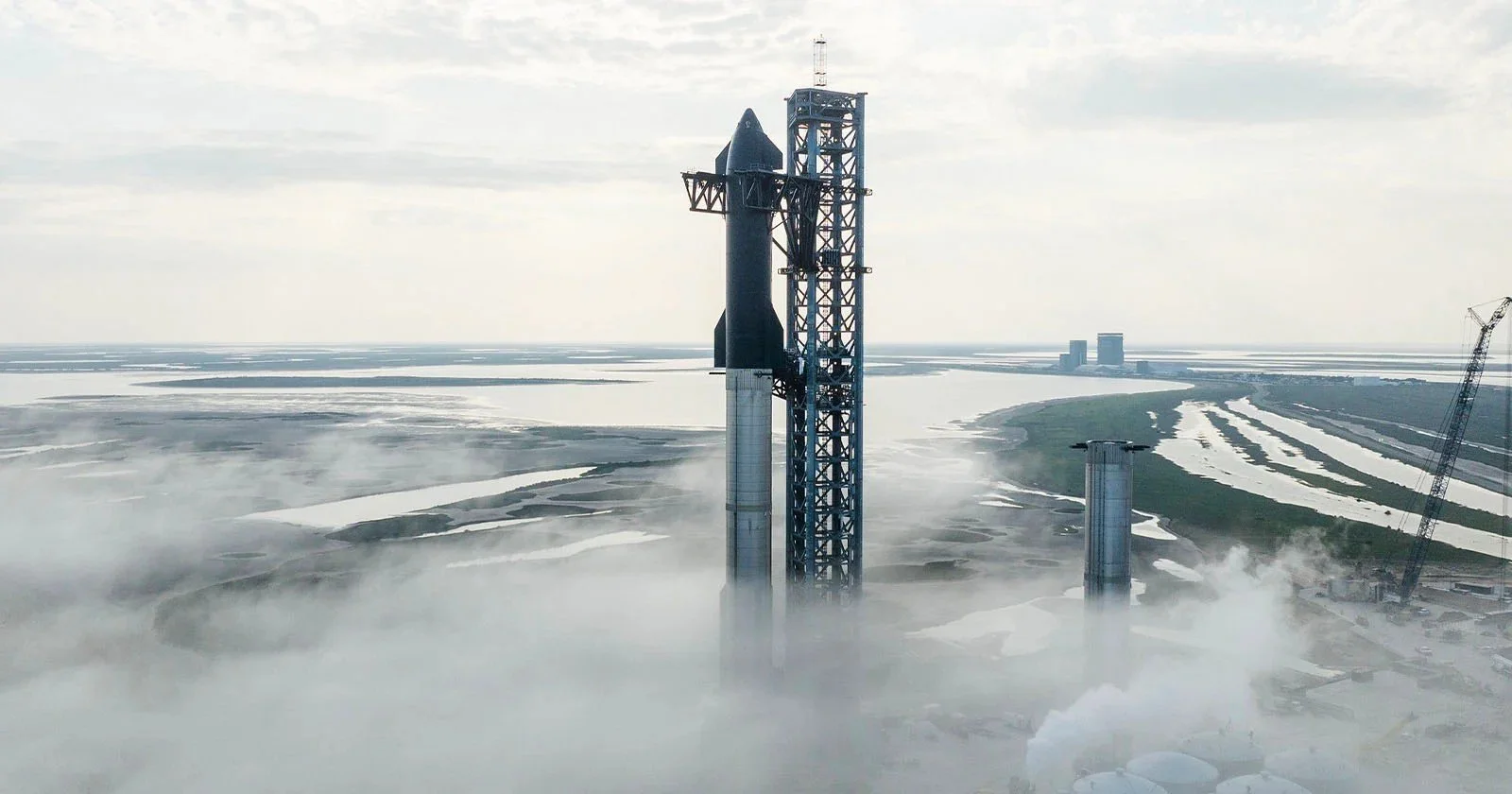Super heavy-lift Launch Vehicles
The Super Heavy-Lift Launch Vehicle Index is your go-to resource for rockets capable of delivering payloads exceeding 50,000 kilograms to low Earth orbit. These colossal vehicles are engineered for the most ambitious space missions—supporting lunar infrastructure, Mars exploration, massive satellites, and deep-space cargo transport.
Super heavy-lift rockets provide the raw power needed to launch entire habitats, crewed spacecraft, and interplanetary systems in a single mission. As space programs evolve toward long-duration exploration and permanent off-world presence, these launchers are pivotal to mission success.
This index details the key specifications, performance data, and mission capabilities of the world’s leading super heavy-lift rockets, tracking their role in shaping the future of space access.
Energia
Energia NPO “Energia” USSR
The Energia is a 58.765 m (192.80 ft) tall, 17.65 m (57.9 ft) diameter, 2,400,000 kg (5,300,000 lb) two-stage launch vehicle. It was designed as part of the Buran program for a variety of payloads including the Buran spacecraft.
LEO: 100,000 kg (220,000 lb)
GEO: 20,000 kg (44,000 lb)
TLI: 32,000 kg (71,000 lb)
The N1’s launch operations occurred from Baikonur, Site 250 and Site 110/37.Production of Energia rockets ended with the end of the Buran shuttle project 15 November 1988
Falcon Heavy
Falcon Heavy SpaceX USA
The Falcon Heavy is a partially reusable, heavy-lift launch vehicle developed by SpaceX for high-mass payloads, deep-space missions, and crewed exploration. It consists of three Falcon 9 first-stage boosters strapped together. The rocket stands 70 m (229.6 ft) tall, has a diameter of 12.2 m (40 ft) including boosters, and a launch mass of ~1,420,788 kg (3,130,000 lb). It is powered by 27 Merlin 1D engines on the first stage and a single vacuum-optimized Merlin 1D on the second stage, using RP-1/LOX propellants.
LEO Payload Capacity: 63,800 kg (140,660 lb)
GTO Payload Capacity: 26,700 kg (58,860 lb)
TLI (Lunar Injection): 16,800 kg (37,000 lb)
Mars Injection: 16,800 kg (37,000 lb)
Falcon Heavy launches from Kennedy Space Center (Launch Complex 39A).
Long March 10
Long March 10 China Academy of Launch Vehicle Technology China
The Long March 10 is a three-stage Super heavy-lift launch vehicle. Long March 10 Height 92.5 m (303 ft) Diameter 5.0 m (16.4 ft) Mass 2,189,000 kg (4,826,000 lb). There are also plans for a two-stage variant without boosters.
LEO: 70,000 kg (150,000 lb)
TLI: 27,000 kg (60,000 lb)
The Long March 10 is a human-rated super heavy launch vehicle designed to launch China's Mengzhou crewed lunar spacecraft and its future Lanyue crewed lunar lander, as part of its crewed space program, codenamed Project 921. The Long March 10 is still in development.
Long March 9
Long March 9 China Academy of Launch Vehicle Technology China
The Long March 9 is an Chinese super-heavy carrier rocket that is currently under development. Height 114 m (374 ft), Diameter 10.6 m (35 ft) Mass 4,369,000 kg (9,632,000 lb). The design was seen as a response to SpaceX's Starship.
LEO: 150,000 kg (330,000 lb)
TLI: 54,000 kg (119,000 lb)
TMI: 44,000 kg (97,000 lb)
The Long March 9 has undergone a number of design changes and is still under development.
N1
N1 OKB-1 USSR
The N1 is a 105.3 m (345 ft) tall, 17 m (56 ft) diameter, 2,750,000 kg (6,060,000 lb) five-stage launch vehicle. It can deliver:
LEO:95,000 kg (209,000 lb)
TLI: Approx 33,000 kg (73,000 lb)
The N1’s launch operations occurred from Baikonur, Site 110.The N1 was the Soviet counterpart to the US Saturn V and was intended to enable crewed travel to the Moon. It was cancelled during development on 23 November 1972.
Next Generation Launch Vehicle
Next Generation Launch Vehicle (NGLV) Indian Space Research Organisation (ISRO) INDIA
The Next Generation Launch Vehicle (NGLV) is a family of three-stage partially reusable medium to super heavy-lift launch vehicle, currently under development by the Indian Space Research Organisation (ISRO). The rocket stands 93 m (305 ft) tall, has a diameter of 5 m (16 ft), and a launch mass of 600t to 1,094t. It is powered by three Tianhuo-12 engines on the first stage and a single vacuum-optimized Tianhuo-12 engine on the second stage.
LEO Payload Capacity: UNKNOWN
GEO Payload Capacity: UNKNOWN
TLI Payload Capacity: UNKNOWN
NGLV is expected to launch from Satish Dhawan Space Centre, Third Launch Pad.
Saturn V
Saturn V Boeing, North American, Douglas USA
The Saturn V is a retired American super heavy-lift launch vehicle developed by NASA under the Apollo program for human exploration of the Moon. The Saturn V is a 111 m (363 ft) tall, 10 m (33 ft) diameter, 2,822,171 to 2,965,241 kg (6,221,823 to 6,537,238 lb) three-stage launch vehicle.
LEO: 140,000 kilograms (310,000 lb)
TLI: 43,500 kg (95,900 lb)
Saturn V rockets were launched from the Kennedy Space Center, LC-39. Saturn V was retired 14 May 1973.
Space Launch System
Space Launch System (SLS) Aerojet Rocketdyne Boeing Northrop Grumman United Launch Alliance USA
Space Launch System (SLS) Rocket is a Japanese expendable launch system. SLS is a super heavy-lift expendable launch vehicle used by NASA. As the primary launch vehicle of the Artemis Moon landing program, SLS is designed to launch the crewed Orion spacecraft on a trans-lunar trajectory. Height 111 m (365 ft) Diameter 8.4 m (27.6 ft) Mass 2,610,000 kg (5,750,000 lb) 2.5 stage launch vehicle.
LEO: Block 1 95,000 kg (209,000 lb)
Block 1B 105,000 kg (231,000 lb)
Block 2 130,000 kg (290,000 lb)
TLI: Block 1 >27,000 kg (59,500 lb)
Block 1B 42,000 kg (92,500 lb)
Block 2 >46,000 kg (101,400 lb)
SLS rocket is launched from Kennedy, LC-39B.The rocket's first stage is powered by one central core stage and two outboard solid rocket boosters.
Starship
Starship SpaceX USA
The Starship is a two-stage, fully reusable, super heavy-lift launch vehicle developed by SpaceX. It stands 121.3 m (398 ft) for Block 1 and 123.1 m (404 ft) Block 2 tall, has a diameter of 9 m (30 ft), and a launch mass of 5,000 t (11,000,000 lb). The rocket consists of two liquid-propellant stages.
LEO: Block 1: 50–100 t (110,000–220,000 lb)
Block 2: 100–150 t (220,000–330,000 lb)
Block 3: 200 t (440,000 lb)
Block 3 Expendable: 400 t (880,000 lb)
TLI: TBC
Starship is proposed to conduct a wide range of missions. A crewed variant is developed under contract with NASA for moon landings. The first stage is able to land by performing a landing burn which slows it sufficiently to be caught by a pair of hydraulic actuating arms attached to the launch tower. Starship is launched from Starbase, OLP-1 with Starbase, OLP-2 (under construction), Kennedy, LC-39A (under construction) and Cape Canaveral, SLC-37 (planned).








